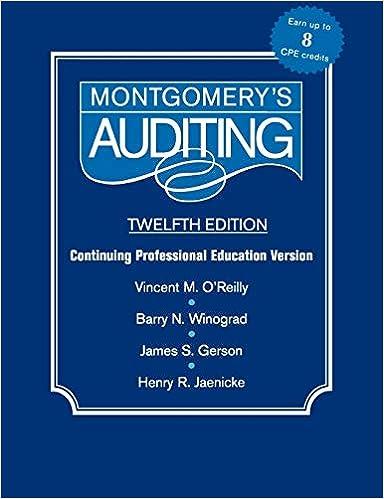Barkley, who is single, forms a business in year 1 with a calendar year-end that has the following information for year 1: Operating net income 70,000 Dividend income 10,000 Net capital loss (5,000) Cash payment of earnings to Barkley 18,000 Barkley also sold some stock in AT&T for which he has a long-term capital gain of $1,000. Barkley is deciding what the best entity choice is for his business. He is considering the following alternatives sole proprietorship Corporation S Corporation Single member limited liability company General partnership (brother would be the other owner, each owns 50N)) For each of the alternatives Barkley is considering, determine: Barkley also sold some stock in AT&T for which he has a long-term capital gain of $1,000 Barkley is deciding what the best entity choice is for his business. He is considering the following alternatives: Sole proprietorship Corporation s Corporation Single member limited liability company General partnership (brother would be the other owner, each owns 501) For each of the alternatives Barkley is considering, determine : 1. How much capital gain of capital loss will Barkley deduct on his personal income tax return for year 12 2. How much of the operating income of $70,000 from the business will be taxed to Barkley in year 1 for each entity form? ignore the impact of the qualified business income deduction 2. For the $18,000 cash distribution of earnings to Barkley, how much of this income will be tared to Barkley in year 1 for each entity form? Enter the amount in the associated cells. Enter all values as whole numbers. It a value is zero, enter a zero (C). Use parenthesis for any negative numbers Entity Form Capital gain/loss Operating Income Distribution Income Sole proprietorship DO G D Corporation General partnership (brother would be the other owner, each owns 50%)) For each of the alternatives Barkley is considering, determine: 1. How much capital gain or capital loss will Barkley deduct on his personal income tax return for year 1? 2. How much of the operating income of $70,000 from the business will be taxed to Barkley in year 1 for each entity form? Ignore the impact of the qualified business income deduction, 3. For the $18,000 cash distribution of earnings to Barkley, how much of this income will be taxed to Barkley in year 1 for each entity form? Enter the amount in the associated cells. Enter all values as whole numbers. If a value is zero, enter a zero (O), Use parenthesis for any negative numbers Entity Form Capital gain/loss Operating Income Distribution Income sole proprietorship Corporation E B 28 123 S Corporation Single member limited liability company General partnership B 23 E Barkley, who is single, forms a business in year 1 with a calendar year-end that has the following information for year 1: Operating net income 70,000 Dividend income 10,000 Net capital loss (5,000) Cash payment of earnings to Barkley 18,000 Barkley also sold some stock in AT&T for which he has a long-term capital gain of $1,000. Barkley is deciding what the best entity choice is for his business. He is considering the following alternatives sole proprietorship Corporation S Corporation Single member limited liability company General partnership (brother would be the other owner, each owns 50N)) For each of the alternatives Barkley is considering, determine: Barkley also sold some stock in AT&T for which he has a long-term capital gain of $1,000 Barkley is deciding what the best entity choice is for his business. He is considering the following alternatives: Sole proprietorship Corporation s Corporation Single member limited liability company General partnership (brother would be the other owner, each owns 501) For each of the alternatives Barkley is considering, determine : 1. How much capital gain of capital loss will Barkley deduct on his personal income tax return for year 12 2. How much of the operating income of $70,000 from the business will be taxed to Barkley in year 1 for each entity form? ignore the impact of the qualified business income deduction 2. For the $18,000 cash distribution of earnings to Barkley, how much of this income will be tared to Barkley in year 1 for each entity form? Enter the amount in the associated cells. Enter all values as whole numbers. It a value is zero, enter a zero (C). Use parenthesis for any negative numbers Entity Form Capital gain/loss Operating Income Distribution Income Sole proprietorship DO G D Corporation General partnership (brother would be the other owner, each owns 50%)) For each of the alternatives Barkley is considering, determine: 1. How much capital gain or capital loss will Barkley deduct on his personal income tax return for year 1? 2. How much of the operating income of $70,000 from the business will be taxed to Barkley in year 1 for each entity form? Ignore the impact of the qualified business income deduction, 3. For the $18,000 cash distribution of earnings to Barkley, how much of this income will be taxed to Barkley in year 1 for each entity form? Enter the amount in the associated cells. Enter all values as whole numbers. If a value is zero, enter a zero (O), Use parenthesis for any negative numbers Entity Form Capital gain/loss Operating Income Distribution Income sole proprietorship Corporation E B 28 123 S Corporation Single member limited liability company General partnership B 23 E









